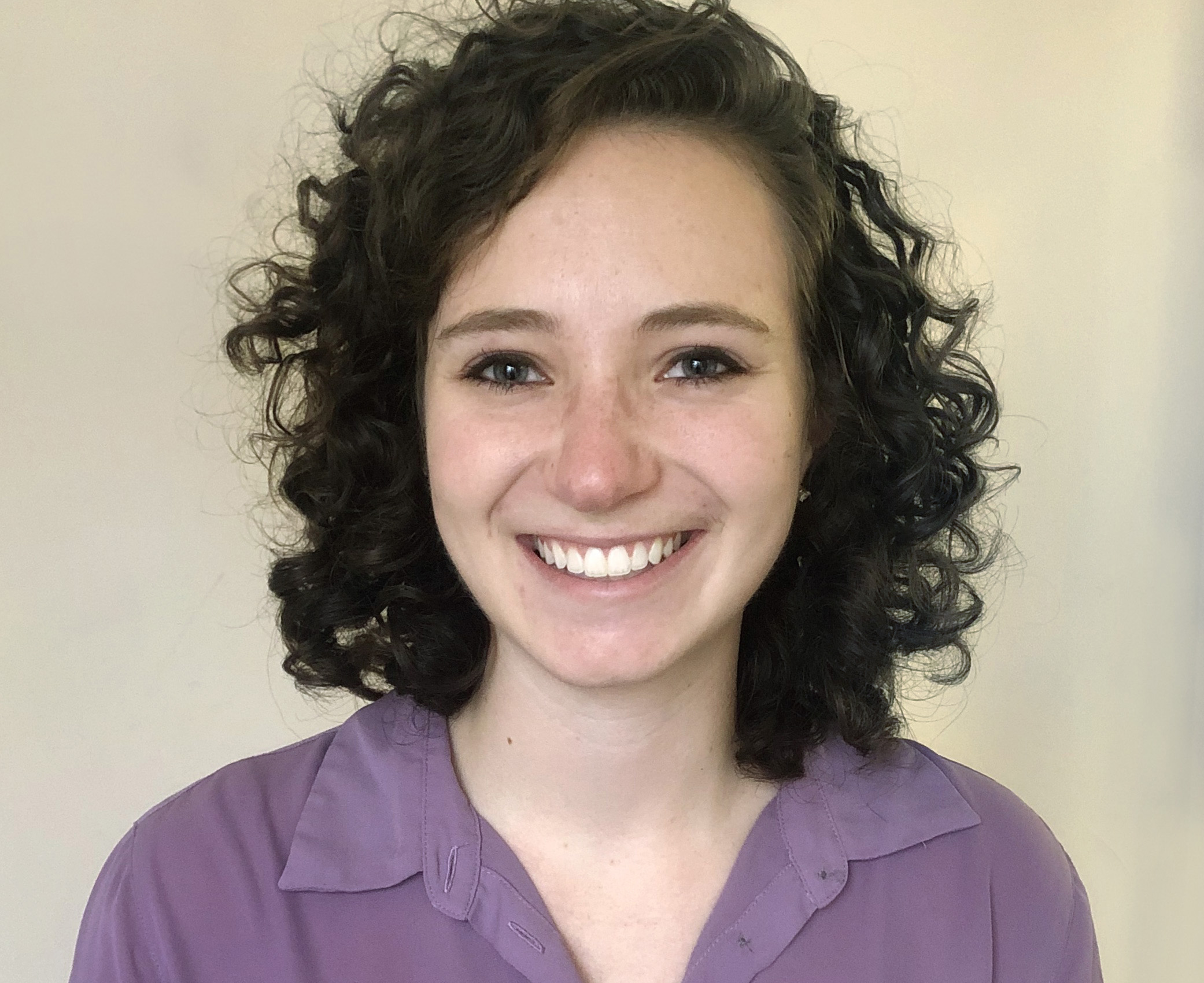Seven undergraduate students at The Catholic University of America helped bring the stories of survivors of clergy sexual abuse to campus by creating the “Hope and Healing Story Gallery,” which was on display at the university’s Pryzbyla Center Atrium from April 23-May 1.
“I felt like these were stories that need to be told,” said Thomas Curry, a sophomore media and communication studies major who participated in the project. “Even though I knew it would be difficult…I wanted to take it on as a learning experience for me.”
Abby Anderko, a sophomore history major who also wrote one of the stories, said the sexual abuse crisis that struck the nation last summer hit particularly hard on the campus of Catholic University, and she wanted to share the stories that people might not hear if they are “stuck in the weeds of what happened” and not learning “about the people it happened to.”

Each student applied to participate in the project, explaining why they were interested in conducting the interview, and then were paired with a survivor to interview through collaboration with Amy Love, the university’s assistant dean of students, and Teresa Green, the founder of Spirit Fire, an organization that promotes Christ-centered restorative justice for adults, families and faith communities wounded by child abuse.
Anderko interviewed Green and said she was surprised by how much she could relate to what she said about her faith journey. Although Anderko never experienced clergy sexual abuse, she said she could relate to the need to “keep your head up and keep moving forward,” and has found that she also turns to her faith after times of trauma.
Another thing that Anderko said struck her about her interview is thinking about how the abusers were trusted people whom the victims thought they could turn to for help.
“I have people in my life who I turn to as priests,” she said. “I can never imagine them doing anything like this. It is hard to think about that it was someone they turn to.”

Following their interview, each student wrote a few paragraphs about that survivor and their journey toward healing, and the stories were each printed on a panel. The panels were then arranged so people could read them one-by-one as they walked down a hallway, concluding with a prayer for victims.
On the first day of the gallery, students gathered for a prayer service and blessing of the panels at Caldwell Chapel, and then processed to the Pryzbyla Center, where the gallery would be held. The writers of the stories each held their panel and others held candles. As they processed, passersby stopped, stared and asked questions.

Anderko and Curry, who write for Catholic University's student newspaper The Tower, both come from areas that have been affected by clergy sexual abuse in some way. Curry, who is from Downingtown, Pennsylvania, said one of the priests at his home parish left because of accusations of covering up clergy sexual abuse.
“That helped me learn that your faith shouldn’t be impacted by what clergy does,” he said. “…If you have a strong relationship with God, nothing can shake your faith.”
Anderko is from the Diocese of Metuchen, where former cardinal Theodore McCarrick served as bishop and was accused of engaging in sexual misconduct with adults. Her grandma, who knew him, told her that people in the diocese have stopped talking about what happened. But both Anderko and Curry said they were pleased with the way Catholic University has confronted the sexual abuse crisis head-on by openly discussing it.
“The school has done an amazing job of acknowledging it; not hiding from it,” said Curry.
After interviewing a survivor named Michael, Curry said he was struck by how he did not like to talk about the abuse itself, because it felt like telling his abuser’s story, rather than his own. In his interview with Curry, Michael said, “I consider the acts of abuse themselves, not really my story. My story is what I’ve done since that time. The acts of abuse, imposed on me and other children, are my abuser’s story.”
Michael now works to help other people heal from abuse. He is the chairman of a staff that created the Healing Garden in the Archdiocese of Chicago, where they host annual events for victim survivors of clergy sexual abuse and their loved ones.
“I thought it was very inspiring how much he helps other people,” said Curry, “…It was a very emotional interview for me.”

In fact, all of the people who students interviewed are now doing something to help other people who experienced abuse: Miguel founded the Maria Goretti Network to help survivors in recovery and forgiveness, Michele is a leader with Spirit Fire and with the Virginia Survivor Group; Luis works with the Diocese of Brooklyn to investigate abuse cases; Deborah is a pediatrician who specializes in trauma and supports survivors of abuse; and Jennifer published a book about her experience and her journey of forgiveness.
Participating in the Hope and Healing Gallery and speaking to a survivor of abuse “makes me think more about it on a daily basis,” said Anderko.
“I can no longer shrink it off,” she said. “…Now I feel like I can only turn to it and move on. There is only one way to go; to move forward.”

Likewise, Curry said the project helped him to face the reality of what happened to the people whom they spoke to.
“Some people think if it didn’t happen to us, why talk about it?” he said. “That is the wrong mindset. It’s real.”
Curry noted that the experience of clergy sexual abuse has happened all across the country, affecting many different demographics, and he believes that talking about what happened can “help people who went through it, help prevent future scenarios, and help everyone in the long run.”









